detail profile jean pierre rassam
Peran Yang Di Mainkan Jean-Pierre Rassam
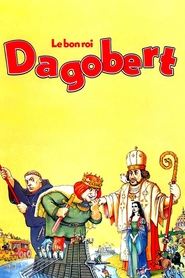 Kings Dagobert I intestinal and sexual...
Kings Dagobert I intestinal and sexual...Good King Dagobert 1984
King's Dagobert I intestinal and sexual problems loom large as he survives an attack on his royal caravan then barely makes it to Rome to personally give thanks to the Pope. After he arrives at the Vatican, he becomes involved in the battle between two contenders for the papacy and has to face the machinations of a ruthless Byzantine princess.
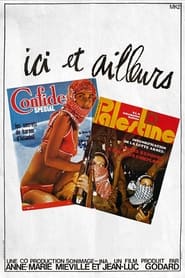 Here and Elsewhere takes its name...
Here and Elsewhere takes its name...Here and Elsewhere 1976
Here and Elsewhere takes its name from the contrasting footage it shows of the fedayeen and of a French family watching television at home. Originally shot by the Dziga Vertov Group as a film on Palestinian freedom fighters, Godard later reworked the material alongside Anne-Marie Miéville.
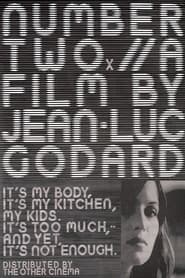 JeanLuc Godard mixes video and film...
JeanLuc Godard mixes video and film...Number Two 1975
Jean-Luc Godard mixes video and film in his Grenoble studio, discussing how he secured funding for the film. The action unfolds on two monitors, as a young working-class couple lives in a claustrophobic, high-rise apartment complex and marital discord is set off by the wife’s infidelity.
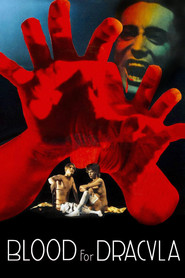 Deathly ill Count Dracula and his...
Deathly ill Count Dracula and his...Blood for Dracula 1974
Deathly ill Count Dracula and his slimy underling, Anton, travel to Italy in search of a virgin's blood. They're welcomed at the crumbling estate of indebted Marchese Di Fiore, who's desperate to marry off his daughters to rich suitors. But there, instead of pure women, the count encounters incestuous lesbians with vile blood and Marxist manservant Mario, who's suspicious of the aristocratic Dracula.
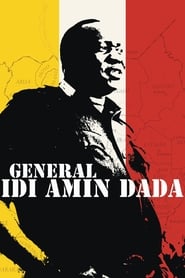 Filmmaker Barbet Schroeder shows the Ugandan...
Filmmaker Barbet Schroeder shows the Ugandan...General Idi Amin Dada 1974
Filmmaker Barbet Schroeder shows the Ugandan dictator meeting his Cabinet, reviewing his troops, explaining his ideology.
 Having failed in their quest for...
Having failed in their quest for...Lancelot of the Lake 1974
Having failed in their quest for the Holy Grail, the knights of the Round Table return to Camelot, their number reduced to a mere handful. Seeing a rift developing between Lancelot and Mordred, Arthur urges his knights to bury their differences and become friends. However, the king is unaware that Lancelot is having an affair with his queen, Guinevere. Lancelot is torn between his duty to his king and his love for the queen, whilst Mordred is determined to use his infidelity to destroy him.
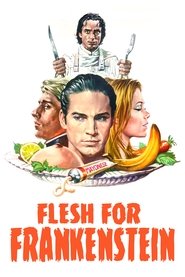 Within the decadent walls of the...
Within the decadent walls of the...Flesh for Frankenstein 1973
Within the decadent walls of the Frankenstein mansion, the Baron and his depraved assistant Otto have discovered the means of creating new life. As the Baron's laboratory begins to fill up with stitched body parts, the Baroness dallies with the randy new manservant and soon the decadent, permissive household is consumed by an outrageous, bizarre and hilarious combination of death and dismemberment.
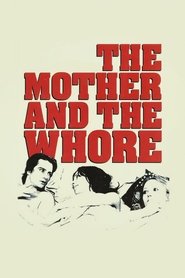 Aimless young Alexandre juggles his relationships...
Aimless young Alexandre juggles his relationships...The Mother and the Whore 1973
Aimless young Alexandre juggles his relationships with his girlfriend, Marie, and a casual lover named Veronika. Marie becomes increasingly jealous of Alexandre's fling with Veronika and as the trio continues their unsustainable affair, the emotional stakes get higher, leading to conflict and unhappiness.
 Selon Radio plus prs de Dieu...
Selon Radio plus prs de Dieu...Everybody He Is Nice, Everybody He Is Beautiful 1972
Selon "Radio plus près de Dieu", rien n'est conçu sans Dieu, surtout pas les shampoings, produits de beauté, la vente des disques... Un animateur dénonce cette escroquerie à l'antenne, ce qui lui vaut d'être licencié. Il réapparaîtra sur de nouvelles ondes avec "Radio plus près de la Vérité".
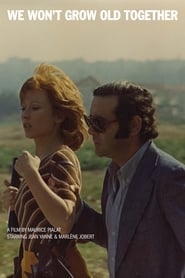 Jean a married 40yearold filmmaker and...
Jean a married 40yearold filmmaker and...We Won't Grow Old Together 1972
Jean, a married 40-year-old filmmaker, and his young working class lover, Catherine, engage in a circular series of spectacular blow-ups and tentative reunions, their mutual desire a fire that burns them again and again.
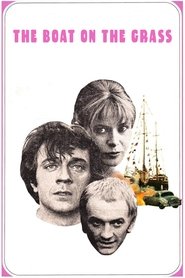 Despite their social differences poor David...
Despite their social differences poor David...The Boat on the Grass 1971
Despite their social differences, poor David and the rich Olivier are the best friends. David took the young Eleanor in Olivier's Paris apartment. When Olivier meets her there, he takes her to the country, where the three build a boat on the meadow. Eleanore divided the friends.
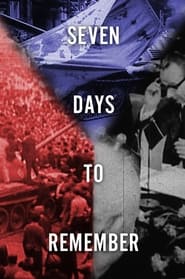 The Soviet advance met with fierce...
The Soviet advance met with fierce...Seven Days to Remember 1968
The Soviet advance met with fierce, idealistic resistance. We join the hundreds of students as they man barricades constructed from overturned lorries to try to halt the advance. Sparsely armed, they fight fiercely, driven by a belief in their new and better socialism. But the deadening, inevitable weight of Soviet might soon stamps its boot across this hopeful Czech vision. Over 100 people died in the reprisals which followed, and tens of thousands fled their homes for the West. This is the definitive story of the heady days before Soviet "normalisation" took hold. The film was assembled using footage smuggled out of Prague. What began as an account of the liberation of a people, became a documentary of oppression; as the tanks moved in, the cameras simply continued rolling.

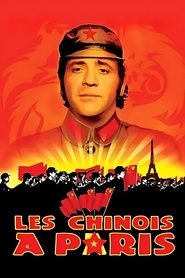 Overnight Paris is invaded although peacefully...
Overnight Paris is invaded although peacefully... A highly stylized surreal farce about...
A highly stylized surreal farce about...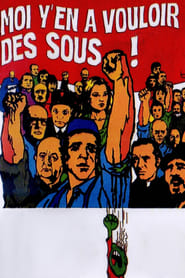 Dismissed following an unfortunate initiative financial...
Dismissed following an unfortunate initiative financial...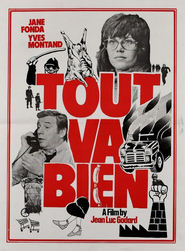 A strike at a French sausage...
A strike at a French sausage...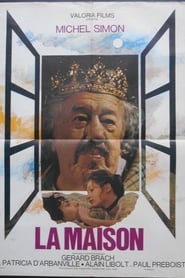 Former professor of natural history Louis...
Former professor of natural history Louis...